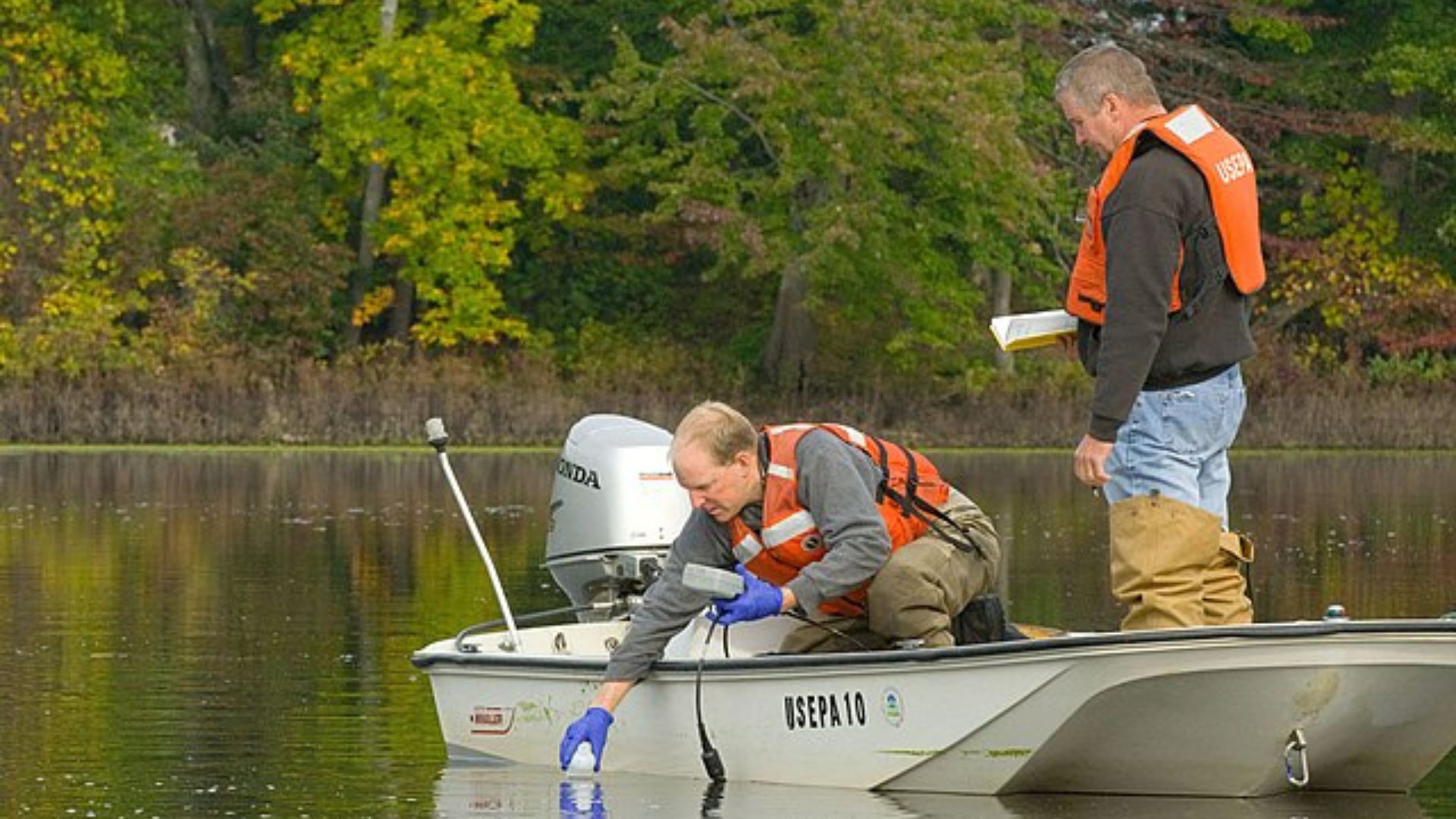Health Risks Linked to ‘Forever Chemicals’ Found in Hotspots Around the U.S.
A worrying new trend has been discovered recently. Scientists are sounding the alarm on chemicals found in the home that might never disintegrate.
A recent study has helped created a map of the alarming new trend that they call “forever chemicals”, and the hotspots are all over the U.S.
Long Study on the Chemicals
A paper published by the journal of Nature Geoscience has discovered above-recommended levels of common chemicals found in drinking water and food supplies of most residential areas.

Source: NORRIE3699/Getty Images
The chemicals are called per- and polyfluoroalkyl substances (PFAS). PFAS makes up a diverse group of thousands of of chemicals. They can enter the food supply through plants and animals raised in contamination areas as well as directly through ground water.
What Are PFAS Used For?
The chemicals are mainly used to make the non-stick coating on cookware. However, the creation of the chemicals and the use in commercial factories also releases an unhealthy level of runoff.

Source: Carline Attwood/Unsplash
Stain resistant carpet and clothing, along with firefighting foam are another common use for the chemicals in the U.S.
Most Americans Are Affected by the Chemical
The National Institute of Environmental Health Sciences estimates that 97% of Americans have PFAS in their blood. This concerning rate shows how long the chemical has been absorbed through food and water.

Source: Evangelos Mpikakis/Unsplash
Although many agencies are in agreement that the bulk of the chemicals faded out of use in the early 2000s, the prevalence of the substances in our water and food supply remains constant and concerning.
Hot Spots Around the U.S. Are a Cause for Concern
While the chemicals can be ingested in safe amounts, there are a few hot spots around the U.S. where the numbers have reached toxic levels and could be seriously jeopardizing public health.

Source: Wikipedia Commons
The levels of PFAS chemicals have recently been attributed to higher risks of cancers, reproductive issues, immune dysfunction, and heightened cholesterol and blood pressure.
Levels Are Above the Legally Allowed Limit
In Canada, the allowed limit for PFAS chemicals is about 30 nanograms per liter of water. However, researchers found that almost 70% of their water samples contained more than the allowed amount.

Source: Wikipedia Commons
The water information was taken from more than 33,900 groundwater samples collected worldwide.
The Study’s Findings Are Alarming
While some of the samples collected discovered no cause for concern, some of the water tested at 50% above the legally allowed limit for chemicals.

Source: Wikipedia Commons
Denis O’Carroll, a professor at Australia’s University of New South Wales and an author of the study, is now raising concerns about the global issue of forever chemicals present all around us.
Hotspots Located in the U.S.
The study’s findings should be alarming for people all over the globe, but many densely populated areas in the U.S. have some of the worst levels.

Source: Wikipedia Commons
The researchers created a visual map of the hotspots around the world. In the U.S., New England, the Midwest, and the West Coast have some of the highest levels of PFAS chemicals and have raised alarm bells for multiple health agencies.
Harsh Chemicals Discontinued More Than 20 Years Ago
During the heyday of invention and production in the U.S., the chemical became used for all types of household items. From dental floss to cosmetics and food packaging the makers were not aware of the long lasting effects the substance might have.

Source: Wikipedia Commons
Although they have been produced since the 1940s, the chemicals were finally studied and discontinued in the early 2000s.
Forever Chemicals Concerning for Most People
The element was dubbed the “forever chemical” because of the long lasting nature and incredibly slow degradation rate.

Source: Wikipedia Commmons
Due to recent studies of the element, they have been detected in most soils and waterways world wide. A 2023 study indicated that PFAS is present in almost half of all U.S. tap water.
New Drinking Water Regulations Related to Findings
Just this month, the Biden administration set out new drinking water standards directly related to PFAS in the U.S.

Source: Wikipedia Commons
The standards will vary by region, but most will have a limit of 4-10 parts per trillion. If drinking water does not pass standards, it will be flagged as unsafe to consume.
Cancers on the Rise in Young Americans
The study and the drinking water requirements come at a time when colon and rectal cancers are at all time highest in the younger generations.

Source: Wikipedia Commons
Although diet, smoking habits, and lack of exercise are all factors for these illnesses, Millennials and Gen Z are actually overall healthier than previous generations while facing twice the levels of colon and rectal cancer.
